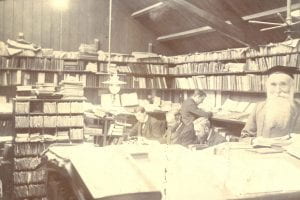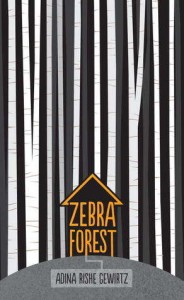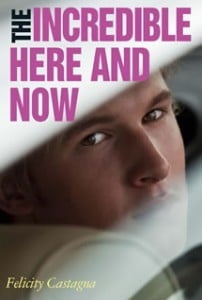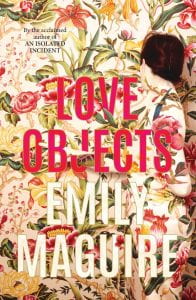 At a time when minimalism is so widely promoted, have you ever wondered about the value you place on objects in your home? Are there precious items you would find it hard to throw out? what if someone else threw out things you valued?
At a time when minimalism is so widely promoted, have you ever wondered about the value you place on objects in your home? Are there precious items you would find it hard to throw out? what if someone else threw out things you valued?
In ‘Love Objects’, 45-year-old Nic would definitely not be a fan of Marie Kondo; although she does believe that everything in her house has a purpose and meaning. However, decades of newspapers stacked in the hall do not deter her from scavenging even more leaflets and envelopes that may someday ‘be useful’.
Many other items she gathers make her ponder their past lives, as she considers their new special place in her home (as Marie might also do). It is the quantity of items she loves that provides a catastrophic turning point in her life; Nic has a fall, her hoard comes tumbling down and well-meaning family members arrive to take charge.
Family relationships can be a curious thing – especially when life hiccoughs get in the way. Nic has no children, but has always been close with her niece, Lena. Until her sister, Michelle, moved her family away, she enjoyed fun times with Lena and her brother, Will. Then, time and distance and failed relationships over the years set other securities in motion.
Emily Maguire cleverly introduces the idiosyncrasies of hoarders in the opening chapter – the way she writes, the way she voices what Nic is feeling – and sets up the chain of events to follow. It is awkward reading, but nuanced to the character of Nic.
The web woven for Lena is also cleverly set, as she follows her attraction for a fellow uni student. She is oblivious to his grooming efforts and is soon, so easily, a victim, in spite of some awareness of sexual assault issues at uni. Much of what happens to her, consumes her and looks to ruin her life ambition.
Many questions arise from reading ‘Love Objects’. What would you have done if you were Lena? her mother Michelle? Could you have done something differently, earlier, if you were Nic? an aware Lena? a different sister version of Michelle? Would it have made a difference?
Hear what Emily Maguire has to say about ‘Love Objects’ here:
After you read ‘Love Objects’, what would feature in a sequel? How would you write the future of the Mitchell family?
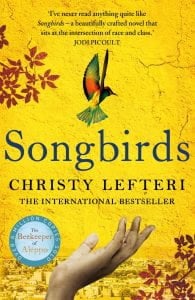 Sometimes, we are blind to things that happen around us. Sometimes, we don’t want to know. Sometimes, it is dangerous to know…
Sometimes, we are blind to things that happen around us. Sometimes, we don’t want to know. Sometimes, it is dangerous to know… This is definitely one for book and library lovers – and those who understand the power of reading.
This is definitely one for book and library lovers – and those who understand the power of reading. Life and death. Roles and responsibilities. Poverty and plague. Elizabethan England.
Life and death. Roles and responsibilities. Poverty and plague. Elizabethan England. Who decides if a word is important? What should be recorded across time? Sometimes, Esme witnesses a word discarded, sees a word float below the table where the men worked as if it were unimportant – so she begins collecting neglected slips.
Who decides if a word is important? What should be recorded across time? Sometimes, Esme witnesses a word discarded, sees a word float below the table where the men worked as if it were unimportant – so she begins collecting neglected slips.